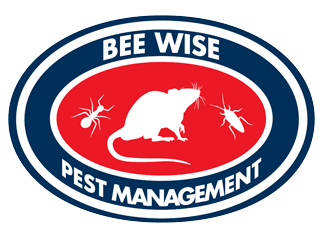Silent Signs of a Rodent Infestation
When most homeowners think about rodents, they imagine actually seeing a mouse or rat running across the floor. But by the time that happens, the infestation is rarely new. Rodents are experts at hiding, and they often establish nests, reproduce, and move freely through your walls long before they are spotted in the open. Recognizing the early, silent signs of rodent activity can prevent structural damage, food contamination, electrical hazards, and costly repairs. This guide explains what to look for and why residents and businesses in Baltimore should act quickly when any of these indicators appear. Unusual Odors You Can’t Explain A strong, musky, slightly sour odor often suggests active rodent nesting. As mice and rats move around your home, they leave behind urine and pheromones that help them navigate and communicate. In tighter spaces—attics, basements, crawlspaces, and wall voids—the odor becomes more noticeable over time. If you smell something persistent but can’t find the source, rodents may already be established. Grease Marks Along Walls and Baseboards Rodents have oily fur that collects dirt and dust. When they travel the same routes repeatedly—usually along walls and edges—they leave greasy smear marks. These dark streaks are a clear sign of frequent rodent activity, and they indicate a well-established pathway. Seeing grease marks means rodents aren’t just passing through; they’re living inside the property. Noises at Night: Scratching, Skittering, or Gnawing Mice and rats are most active at night. If you hear subtle scratching, light footsteps, or gnawing sounds coming from the walls, ceiling, or behind appliances, this often means rodents are moving through structural spaces. Because Baltimore homes frequently have older construction, gaps in foundations, vents, and attic spaces make it even easier for rodents to travel unnoticed. Small Droppings in Hidden Areas Rodent droppings are one of the earliest and most reliable signs of activity. Typical places where homeowners find droppings include: Behind the stove or refrigerator Inside kitchen cabinets Behind water heaters Inside utility closets Along basement edges Even a small number of droppings suggests active movement—and where one rodent travels, others will follow. Damage to Food Packaging or Stored Items Rodents chew constantly to keep their teeth from overgrowing. They often gnaw through food packaging, cardboard boxes, insulation, and even wiring. Discovering small holes or shredded material—even if you haven’t seen a mouse—is a strong indication that rodents are already living inside the property. Why Acting Quickly Matters Rodents reproduce rapidly, spread bacteria, contaminate food, and can damage electrical wiring to the point of becoming a fire hazard. Delaying professional control allows the problem to escalate behind the scenes. For homeowners and businesses in Baltimore, early detection is essential. DIY traps or sprays rarely eliminate nesting areas or prevent rodents from re-entering the structure. Professional inspection is the only way to locate entry points, remove nests, and stop the infestation at its source. Protect Your Property with Bee Wise Pest Management If you suspect any of these silent signs—unusual odors, night sounds, grease marks, or droppings—your home may already have an active rodent infestation. Bee Wise Pest Management provides eco-friendly, highly effective rodent control solutions across Baltimore and surrounding areas. Our licensed professionals identify nesting sites, seal entry points, and remove rodents safely and thoroughly. Don’t wait to see one. If the signs are there, the rodents are too. Contact Bee Wise Pest Management for a professional inspection and protect your home before the damage worsens.
Read More